The following keyboards feature the D1867G chip:
- VL-Tone V1 (owning 2)
- VL-Tone V10
- PT-1 comes in 8 different colors, one is hot pink (owning a beige one :( )
- PT-10 owning a red and a beige one
- PT-12
- PT-22 with two speakers
- EP-10 'Muppet Babies'
- CK-10 with integrated Radio
The Casio PT-10 is a cute little monophonic + drums keyboard with no headphone jack. It has a speaker and comes with the lovely drums that TRIO used in their famous "da-da-da" song.
I have one and will be careful to modify it in a most case-friendly way.
Step one: add a switch to the speaker and get the signal out on a 3.5mm socket.
Step two: replace internal pitch knob and get the signal out.
The inspiration to look for the separate lines I got from this page. My board is different though, the chip is SMD and not through hole.
https://pixelkill.wordpress.com/electronics-projects/casiocircuitbend/
seems to be the same board here:
https://getlofi.com/casio-pt-10/
The Casio PT-10 uses the same chip as the more known Casio VL-Tone VL-1, it's the D1867G. This is also in some other keyboards, you can find more info here:
 davedarko
davedarko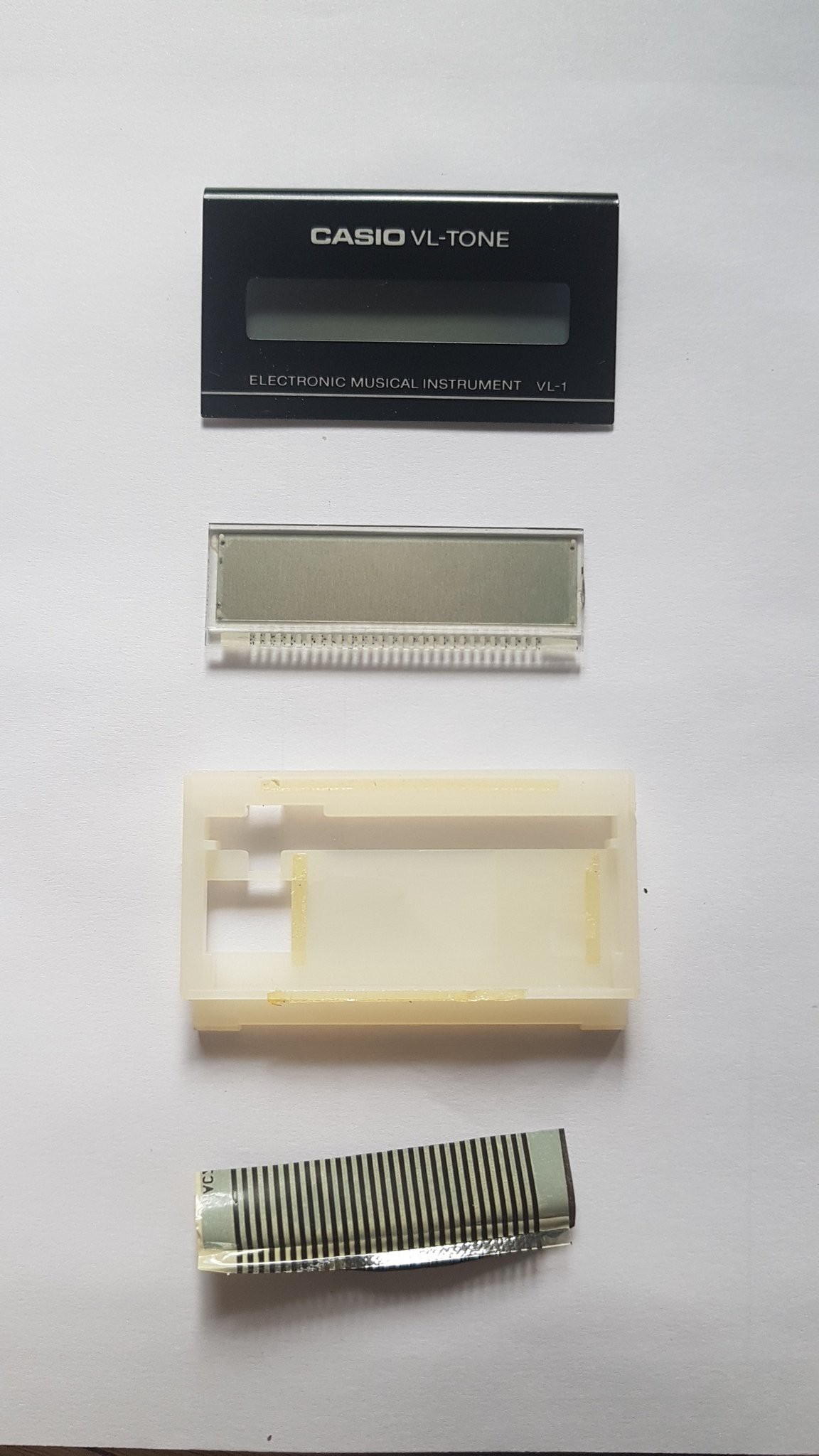
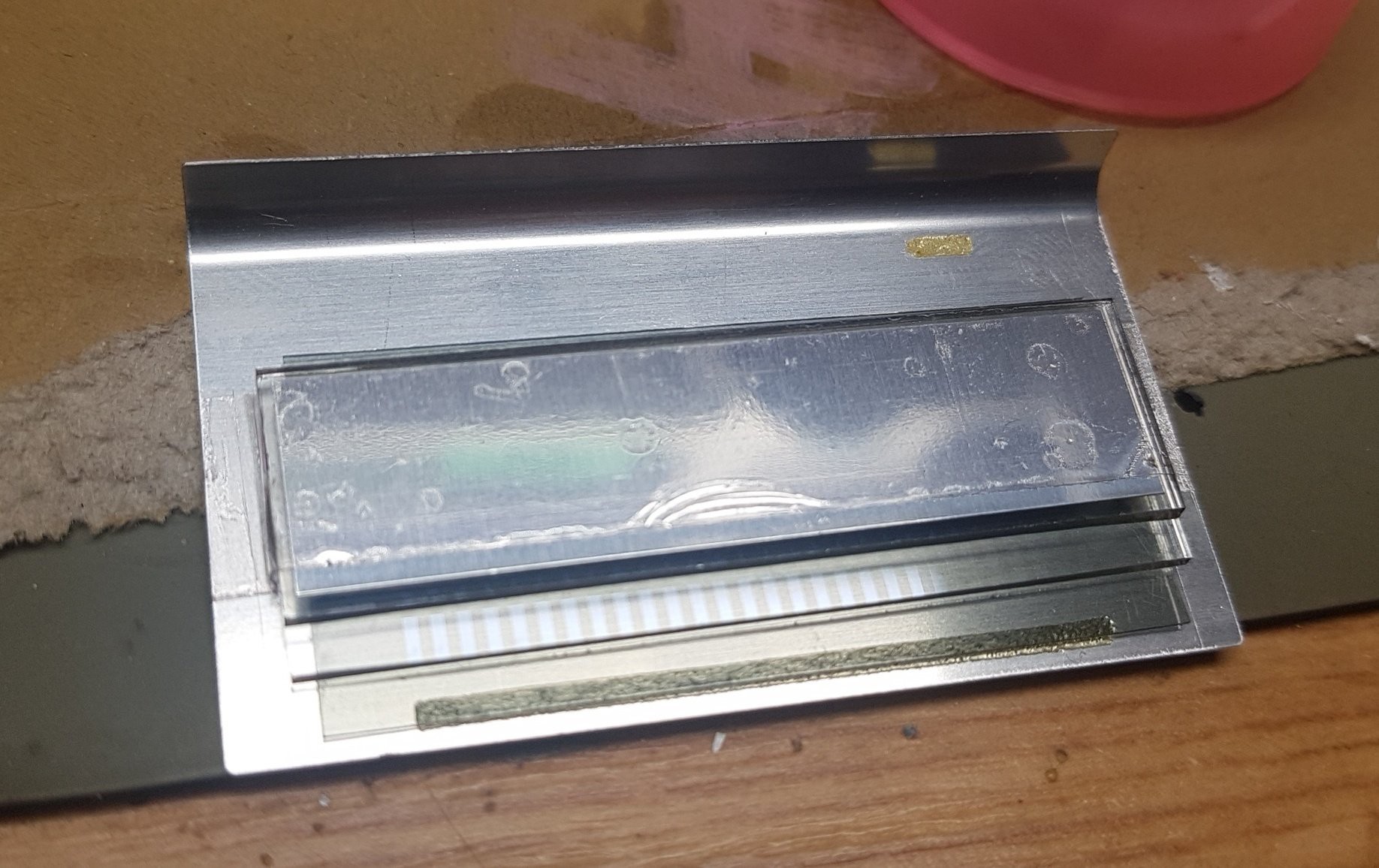
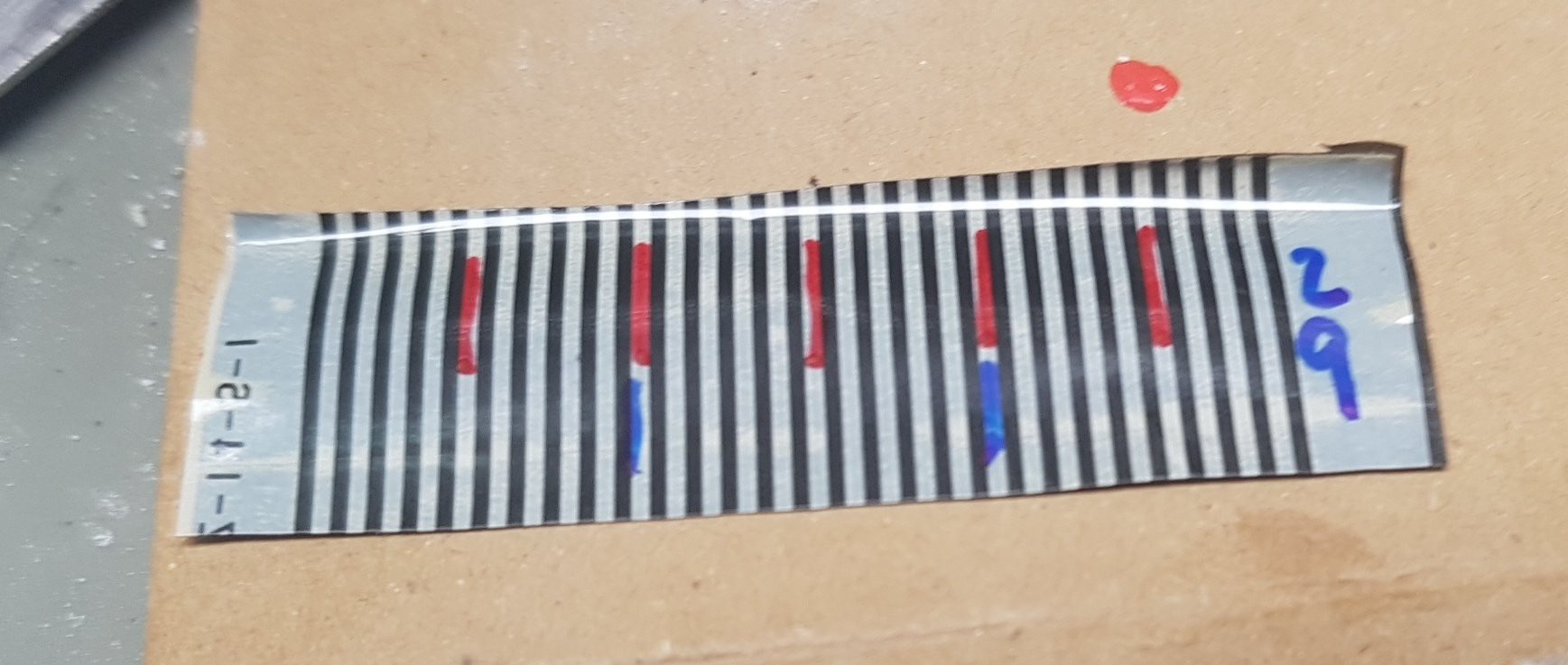


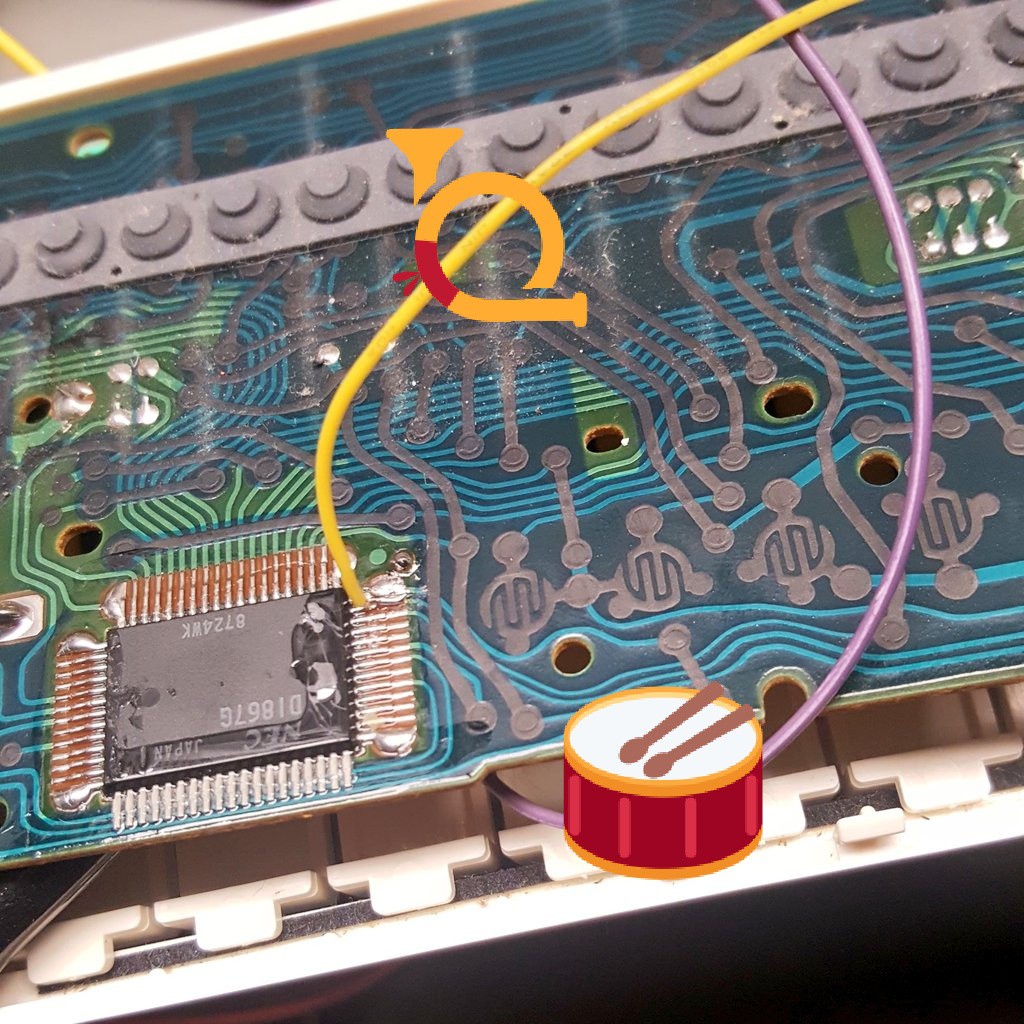
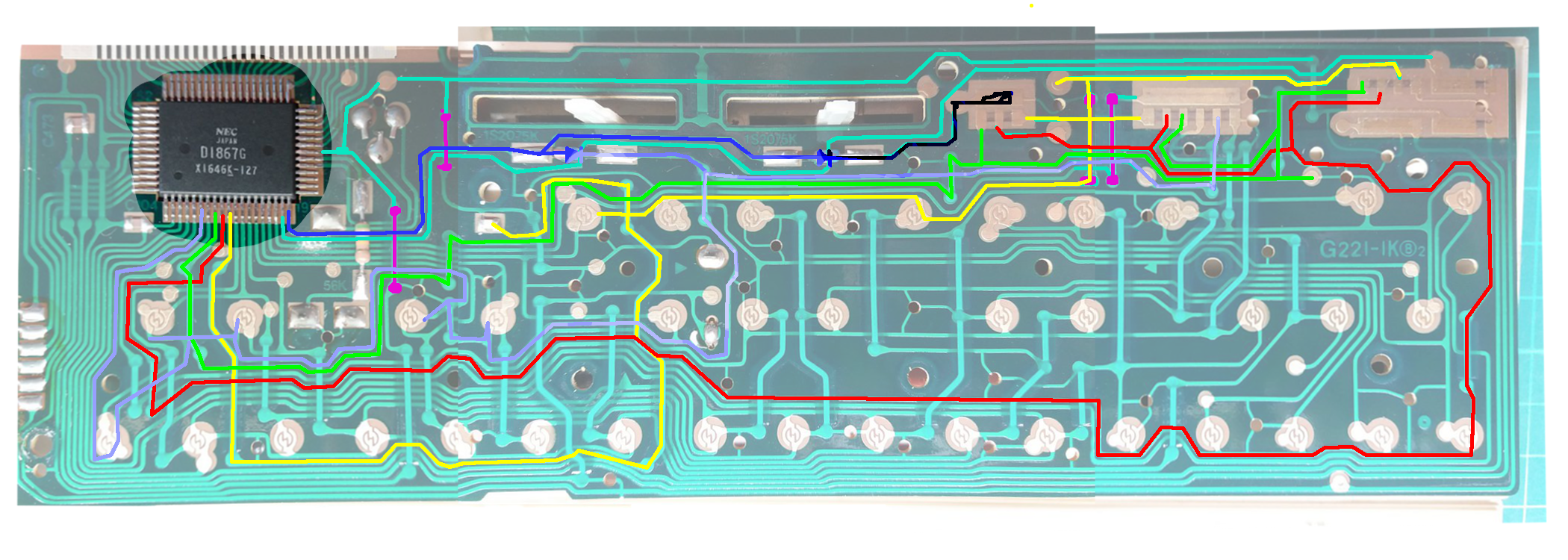 The PT-10 that I own has the same chip in the same case, so I wanted to see if I can add something to the keyboard, that wasn't there before. Wait, did I hack something?
The PT-10 that I own has the same chip in the same case, so I wanted to see if I can add something to the keyboard, that wasn't there before. Wait, did I hack something?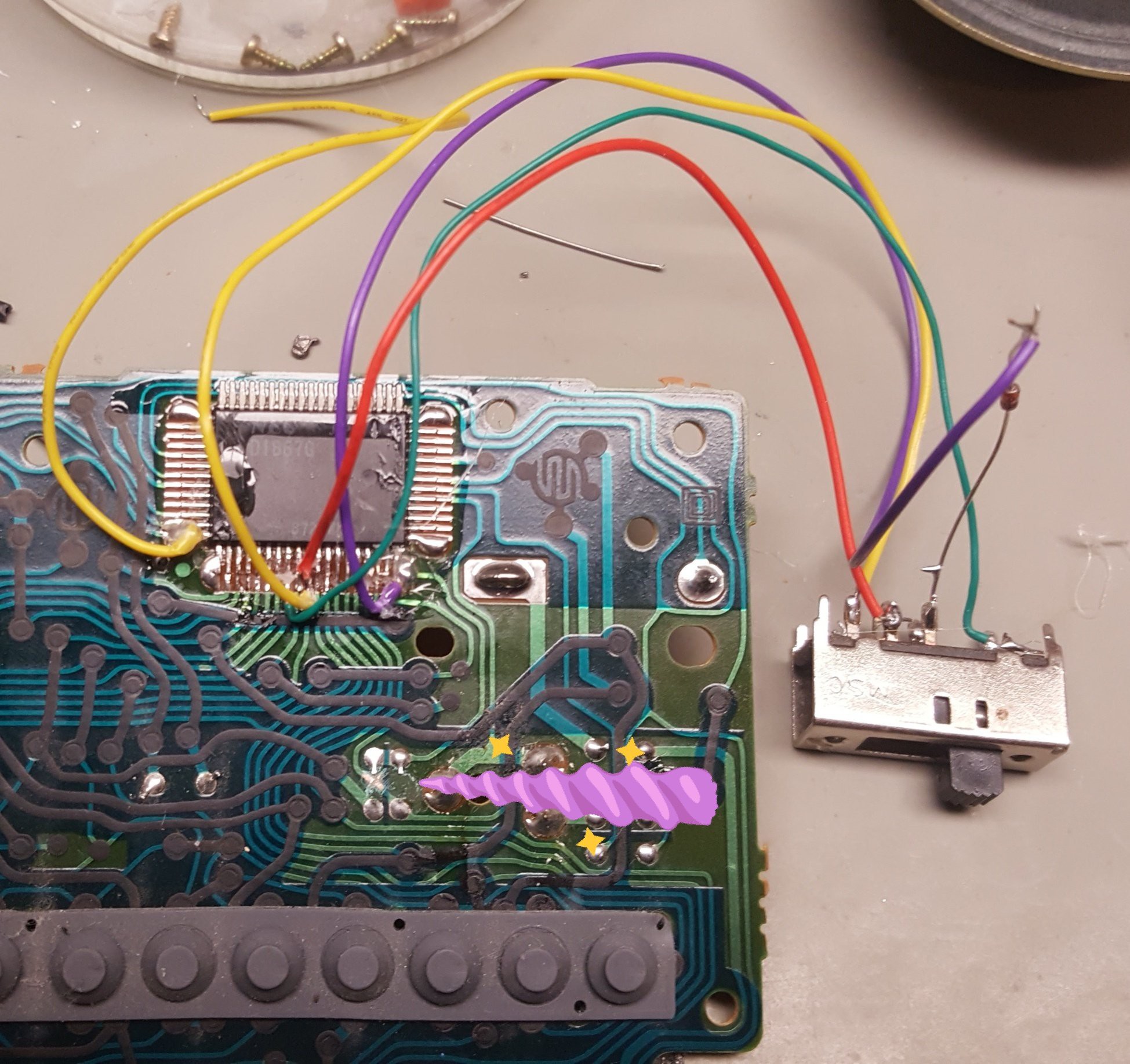


Hi! This is kindof a big ask, but can you change the "keyboard" in the name to something more specific to musical instruments? Maybe the picture as well? This emoji-like horn and drums are too abstract, don't show up very well against the bright, saturated blues and greens of the pcb, and anyways its relatively easy to make a keyboard make "drum" sounds (horn could be translated as "beep noise") Even the first sentence of the Description is ambiguous "There are about 6 keyboard types that have the same chip." I was wondering at that point if it referred to 6 modern Qwerty keyboards or Qwerty keyboard tech back through PChistory. After the realization that this is what I called "synthesizer" in the 80s, I was actually shocked to see "rubber domes" that are just like modern PC keyboards. Didn't know they made them that way!